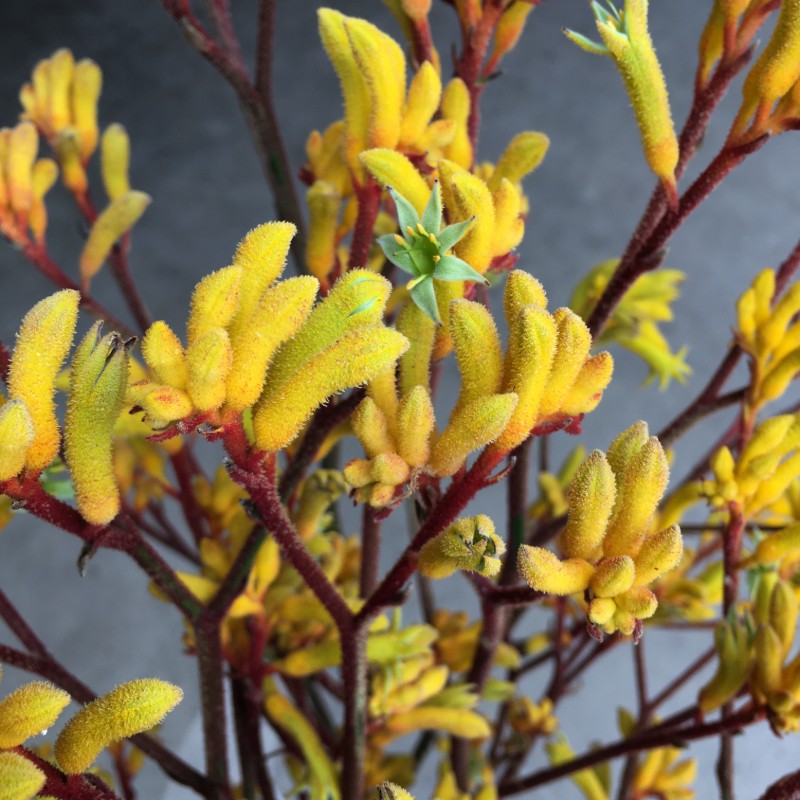

Additionally, vegetable tanned leather is more flexible and supple, making it ideal for products that require a lot of bending and movement, while crust leather is stiffer and more rugged, making it better suited for products that require strength and durability.

Vegetable tanned leather has a more finished appearance with a smooth and even surface, while crust leather has a raw, unfinished appearance with a more irregular texture.

The main difference between vegetable tanned kangaroo leather and kangaroo crust leather is in their appearance and processing. It is often used for high-performance products such as sports equipment, motorcycle apparel, and outdoor gear. Kangaroo crust leather is known for its strength, durability, and unique texture. This leaves the leather with a raw, natural appearance and texture, similar to suede. On the other hand, kangaroo crust leather is a type of leather that has been processed up to the tanning stage, but has not yet been dyed or finished. Vegetable tanned kangaroo leather is often used for high-quality leather goods such as shoes, wallets, and belts. The members handle product from raw through to finished however essentially the product would be in the range of raw material through to wet blue material. This tanning method produces a leather with a natural, earthy color that will darken over time with exposure to light and use. AHSLEA is a voluntary trade Association whose membership comprises the major exporters of Australian cattle hides, calf skins, sheep and lamb skins, kangaroo skins and goat skins.
#KANGAROO HIDES WHOLESALE FREE#
Vegetable tanned kangaroo leather is processed using natural tannins, such as tree bark, to create a durable and flexible leather that is free of harmful chemicals. Kangaroo leather can be tanned using different processes, and two common methods are vegetable tanning and crust tanning.


 0 kommentar(er)
0 kommentar(er)
